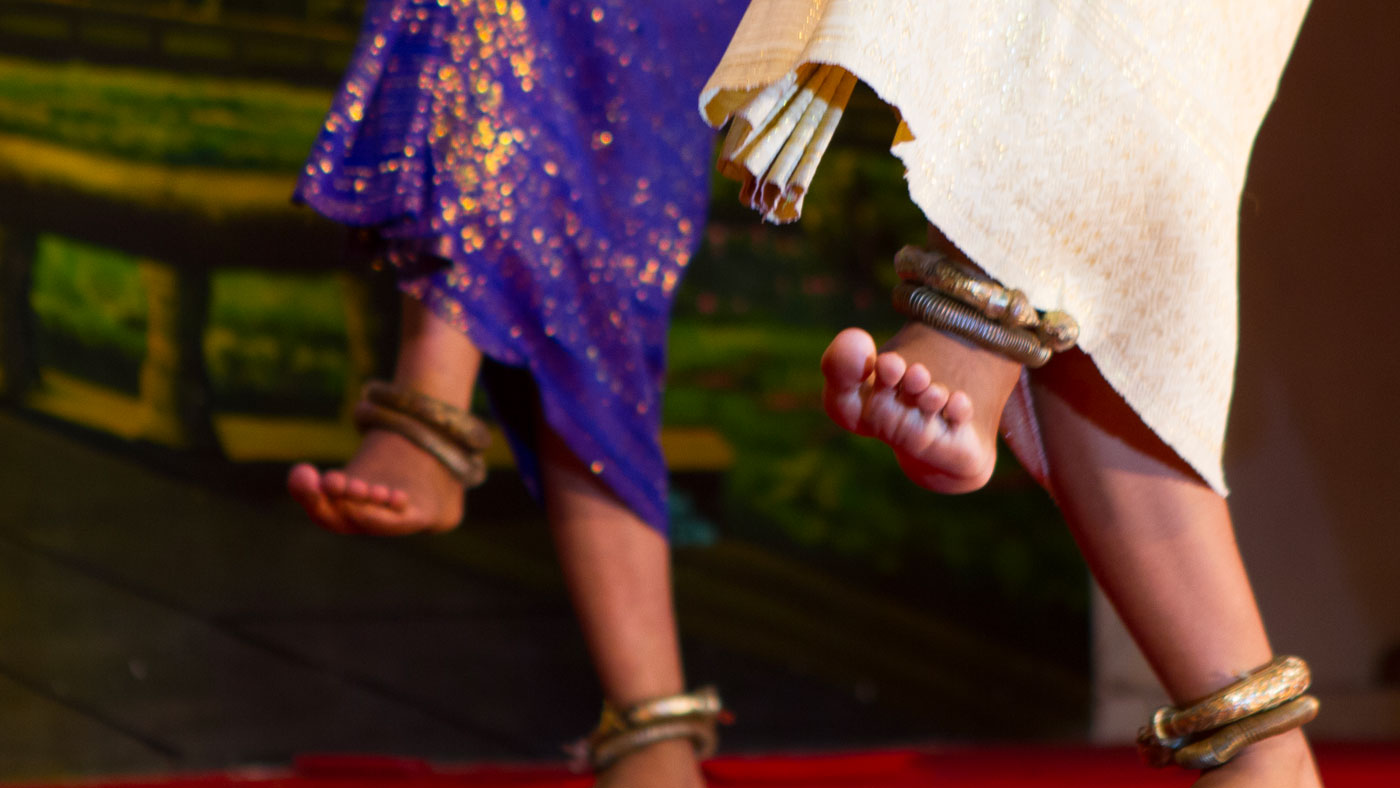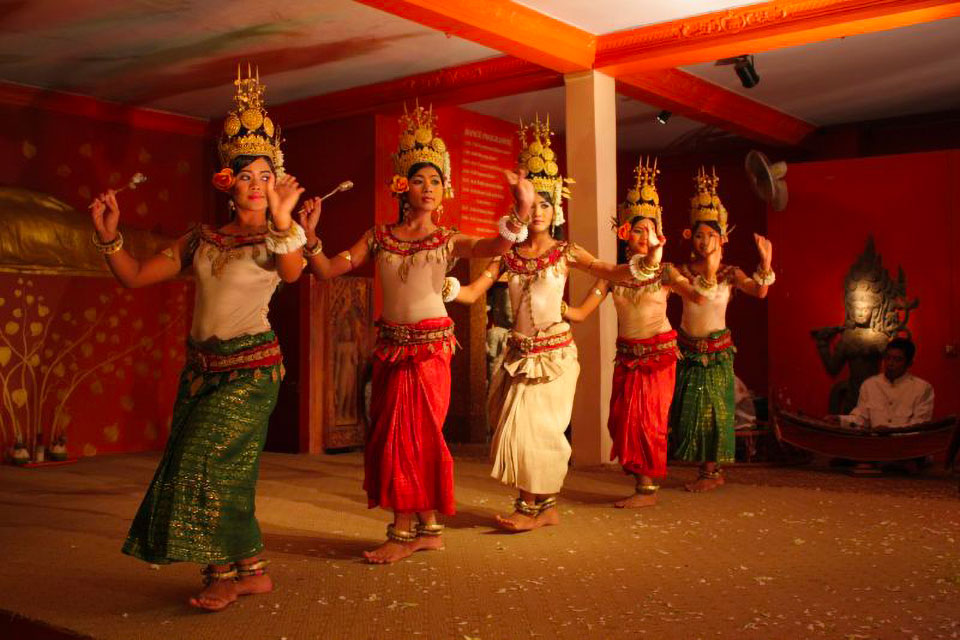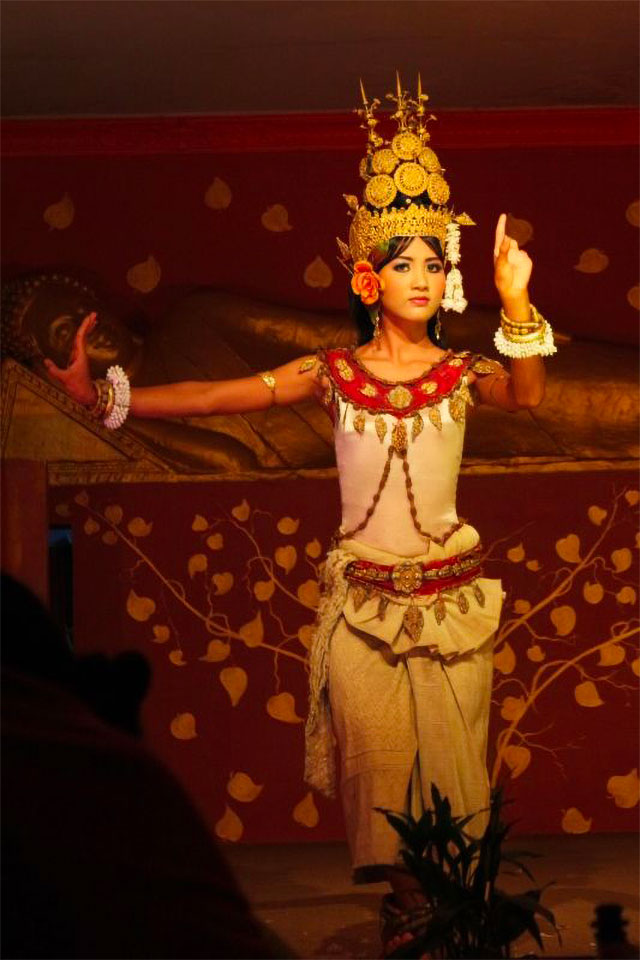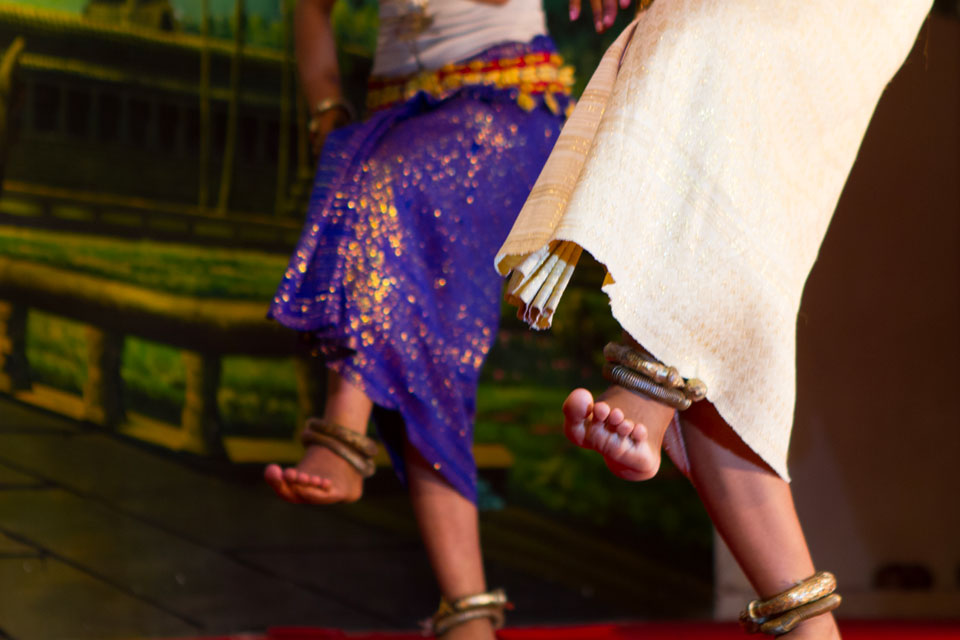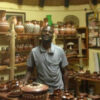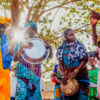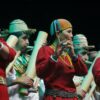Existing since the 7th century and associated with the Cambodian court, the Apsara dance was inscribed on UNESCO’s Representative List of the Intangible Cultural Heritage of Humanity in 2008 under the name “Royal ballet of Cambodia”.80 The dance is said to have a sacred and symbolic role and embodies the traditional values of refinement, spirituality and respect. This intangible heritage combines the practice of dance and the handicraft of costumes.
“..classical dance transformed from a ritual practice in Angkor to a global symbol of national identity as it increasingly became commodified into a packaged secular cultural tradition.””81
photo n.1 – “2008_06_15_Cambodia_1057” by lengmomo is licensed under CC BY-NC 2.0.
photo n.2 – “2008_06_15_Cambodia_1009” by lengmomo is licensed under CC BY-NC 2.0.
photo n.3 – “Dancing Feet” by shayhaas is licensed under CC BY-NC-SA 2.0.

- The dancers study and train for several years and the knowledge and know-how associated with Khmer dances are transmitted from generation to generation, thus ensuring its sustained practice.
- Support from NGOs is growing since the 1990’s as the interest in ICH is now more present.

- The dance increasingly became commodified into a packaged secular cultural tradition, which has transformed the meaning and values of the living heritage
- Traditional dances are often over-commercialized as a tourism offer (including dance classes or representations for tourists).
- The community could benefit from more government support for identifying safeguarding measures and ensuring practitioner access to spaces where the practice could be taught and practised.82

Collaboration: The dance and the impact of tourism on the evolution of the practice is not well documented, and there is also very little (academic) research on the subject.
- 80 UNESCO Intangible heritage list. Royal ballet of Cambodia. Available at: https://ich.unesco.org/en/RL/royal-ballet-of-cambodia-00060
- 81 Tuchman-Rosta, C. (2018). Performance, Practice, and Possibility: How large-scale processes affect the bodily economy of Cambodia’s classical dancers. Available at: https://escholarship.org/content/qt4qb8m3cx/qt4qb8m3cx.pdf
- 82 ICAP UNESCO. ‘Apsara Dance’, One Asia in Dance. Available at: https://www.unesco-ichcap.org/eng/ek/sub2017_11/sub7.php

